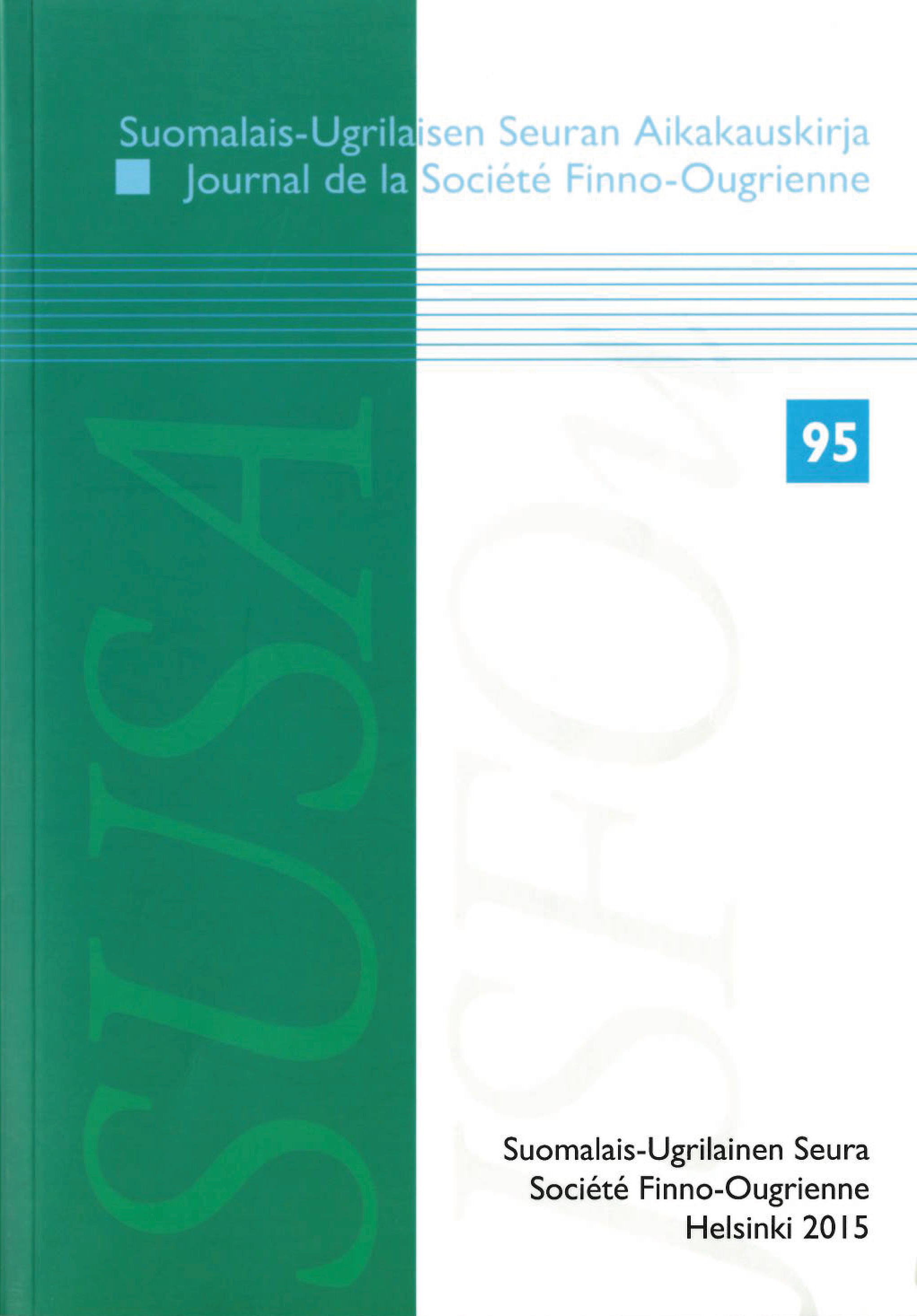The past participle constructions LEE(NE)- + PTCP and SAA- + PTCP as future time reference devices: the example of Livonian against a Southern Finnic background
DOI:
https://doi.org/10.33340/susa.82647Abstrakti
The present article studies the semantic functions and syntactic behaviour of past participle constructions in Livonian: līdõ ‘will be’ + active past participle (APP) / passive past participle (PPP) and sǭdõ ‘get; become’ + APP / PPP. Parallels are drawn with the corresponding constructions in the other Southern Finnic languages, as well as Northern Finnic and the Indo-European contact languages. The main focus is on Livonian līdõ ‘will be’ + APP. Considering the primary meaning element, time reference (future, past, or present), and the clause type (main or subordinate), a distinction is made between two main functions: (i) expressing anteriority, and (ii) epistemic modality. It is argued that Livonian līdõ + APP deserves to be regarded as the future perfect, as its primary function is to express anteriority in the future domain. Furthermore, līdõ + APP is shown to stand out with regard to the usage of temporal (future) meaning in subordinate clauses, as it is more common for a future-marking device to be redundant in subordinate clauses or associated with modal meanings. The expression of epistemic modality is regarded as its secondary function and possibly a later development; the epistemic usage is primarily associated with the construction occurring in main clauses.





